Are you or a loved one considering assisted living but worried about the financial burden? You’re not alone. Assisted living costs can be overwhelming, especially if you live on a fixed income. But don’t worry; there are creative ways to pay for assisted living, even with limited financial resources. From government assistance programs to personal resources and community support, we’ll explore options to help you navigate this challenging situation. In this article by Westmont of Chico, we’ll provide practical guidance and solutions on how can i pay for assisted living with no money and to help you afford the care you need so you can focus on what matters most – your health, happiness, and well-being.
Key Takeaways:
- Government Assistance Programs: Explore Medicaid, Supplemental Security Income (SSI), and Veterans Aid and Attendance Benefits to help cover assisted living expenses.
- Creative Financial Strategies: Consider long-term care insurance, reverse mortgages, and renting out property to generate income for assisted living.
- Personal Resources: Utilize selling assets, tapping into retirement funds, and receiving contributions from family members to alleviate the financial burden of assisted living.
Discover creative ways to pay for assisted living! From government assistance programs to personal resources and community support.
What Level of Care Do You Need?
Discover the level of care you or your family member requires.
Understanding Assisted Living Expenses
While considering assisted living for yourself or a loved one, understanding the associated expenses is vital. Assisted living costs can vary depending on location, required care level, and amenities provided. For more insights, check out Ways to Get a Low-income Senior into Assisted Living without Breaking the Bank.
Breaking Down the Costs
Any assisted living facility has a unique pricing structure, making it difficult to estimate costs. However, you can better understand what to expect by breaking down the costs into smaller categories.
Factors Affecting Pricing
Considering the various factors that affect pricing is crucial in determining the overall cost of assisted living. Understanding these factors is vital to make an informed decision about your care.
- Location: Facilities in urban areas tend to be more expensive than those in rural areas.
- Level of care: The level of care required will significantly impact the cost of assisted living.
- Amenities: The type and quality of amenities provided will also affect pricing.
- You should assume that you will need to factor in additional costs for services such as transportation, medication management, and personal care.
Considering the factors that affect pricing, the cost of assisted living can vary significantly. Researching and comparing prices is crucial to finding the best option for your budget. By understanding these factors, you can make a more informed decision about your care and create a financial plan that works for you.
How Do The Costs Of Moving Into A Quality Senior Care Community Compare With The Costs Of Staying At Home?Compare The Costs of Senior Living vs Staying at Home
Government Assistance Programs
Government assistance programs can provide a lifeline if you struggle to cover assisted living costs. These programs are designed to help individuals with limited financial resources access the necessary care.
Medicaid and Medicare Options
One of the most significant government assistance programs for assisted living is Medicaid. Medicaid is a joint federal and state program that provides health coverage to individuals with low income, including coverage for long-term care services such as assisted living. To qualify for Medicaid coverage for assisted living, individuals must meet certain income and asset limits set by their state.
Veterans’ Benefits and Other Programs
Medicaid and other government assistance programs offer options to help cover assisted living costs. Veterans and their surviving spouses may be eligible for Veterans Aid and Attendance Benefits, a program offered by the Department of Veterans Affairs (VA). Researching and understanding each program’s eligibility criteria and coverage options is imperative to determine the best fit for your specific circumstances.
Hence, it’s crucial to explore these government assistance programs and understand how they can help alleviate the financial burden of assisted living. By doing so, you can make informed decisions about managing the expenses associated with assisted living.
Creative Financial Strategies
Despite the financial challenges associated with assisted living, there are creative strategies that can help alleviate some of the burden. By exploring alternative ways to pay for assisted living, you can find a solution that suits your unique circumstances and eases the financial strain.

Creative Financial Strategies
Selling Your Home or Assets
Against financial uncertainty, selling your home or assets can be a viable option to generate funds for assisted living. Before deciding, it’s necessary to consider the emotional and economic implications of selling your home or assets. By liquidating these assets, you can access a lump sum towards the cost of assisted living.
Using Life Insurance Policies
Life insurance policies can be another creative way to pay for assisted living. By tapping into the cash value of your life insurance policy, you can access funds to cover the costs of assisted living.
Life insurance policies can provide a financial safety net, allowing you to access the care you need without depleting your savings. However, it’s important to note that life insurance policies vary in coverage, eligibility, and cost. Before using your life insurance policy to fund assisted living, it’s advisable to research different options and consult with a financial advisor to determine the best fit for your needs.
Utilizing Personal Resources
Unlike relying solely on government assistance or long-term care insurance, utilizing personal resources can provide control and flexibility when paying for assisted living expenses. Are there any ways to get help with paying for assisted living or nursing home facilities if you cannot pay out of pocket? You may be surprised at the options available.
Tapping into Retirement Accounts
Tapping into retirement accounts is a viable option to cover assisted living expenses. You can use your retirement savings to pay for your needed care by accessing your retirement savings. However, it’s crucial to consider the long-term implications of withdrawing from your retirement accounts and consult a financial advisor to determine the best approach for your situation.
Crowdfunding and Community Support
Crowdfunding and community support can be powerful resources for alleviating the financial burden of assisted living. By reaching out to friends, family, and community members, you can raise funds to cover assisted living expenses and receive emotional support during a challenging time.
Tapping into the generosity of others can provide a sense of relief and comfort. You can use platforms like GoFundMe or Kickstarter to create and share a campaign with your network. Additionally, you can contact local community organizations, churches, or non-profits that may offer financial assistance or resources to help with assisted living expenses.
Exploring Community Resources
Only some have the financial means to pay for assisted living, but you still have options. If you’re struggling to afford assisted living, it’s worth exploring community resources that can help. According to experts, community resources can play a vital role in helping seniors access affordable assisted living options. This section will explore some community resources available to help you pay for assisted living with no money.

Exploring Community Resources
Local Non-Profit Organizations
An imperative step in exploring community resources is to research local non-profit organizations that provide financial assistance for assisted living. These organizations often offer grants, scholarships, or other financial aid forms to help seniors access affordable assisted living options. It is imperative to research and reach out to these organizations to see if you qualify for their programs.
Faith-Based Initiatives and Charities
Faith-based initiatives and charities are at the heart of many communities that provide financial assistance to seniors in need. These organizations offer various services, including financial aid, counseling, and support groups. By reaching out to these organizations, you may be able to access funding or resources that can help you pay for assisted living.
Exploring faith-based initiatives and charities can be a great way to tap into community resources to help you pay for assisted living. These organizations often have a deep understanding of the local community. They may be able to provide valuable guidance and support. You can access funding or resources to help you pay for assisted living by contacting these organizations.
Considering Alternative Options
Now that we’ve explored government assistance programs and creative financial strategies, we must consider alternative options to help you pay for assisted living with no money. These options may be unique but can effectively cover assisted living costs.

Considering Alternative Options
Shared Living Arrangements
You should explore shared living arrangements, a cost-effective way to access assisted living services. Shared living arrangements involve sharing a living space with others, which can reduce the overall cost of care.
Adult Foster Care and Other Solutions
Adult foster care and other solutions may be viable options for individuals who require a higher level of care. Adult foster care provides a home-like environment with caregivers who can assist with daily living tasks. Researching and evaluating these alternatives’ quality of care and services is essential.
Adult foster care and other solutions can offer a more personalized and intimate setting, benefiting individuals requiring specialized care. Additionally, these alternatives can provide a sense of community and social interaction, essential for seniors’ overall well-being.
Find Where You Belong
Dive into the vibrant life our Westmont communities have to offer.
Summing up
You’ve explored various options to pay for assisted living with no money. From government assistance programs like Medicaid, SSI, and Veterans Aid and Attendance Benefits to creative financial strategies like long-term care insurance, reverse mortgages, and renting out property, you now have a comprehensive understanding of the resources available to help you navigate the financial challenges of assisted living. By combining these options with personal resources, such as selling assets, tapping into retirement funds, or receiving contributions from family members, you can create a tailored financial plan that suits your unique circumstances and eases the economic burden of transitioning to assisted living.









